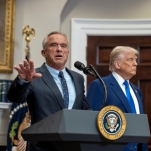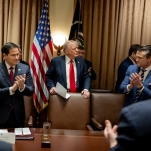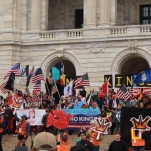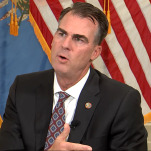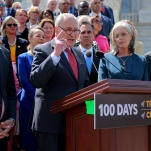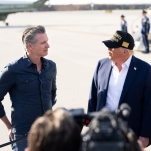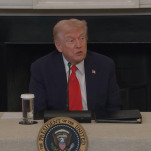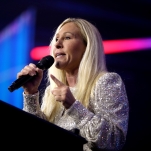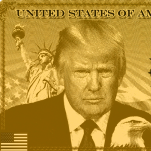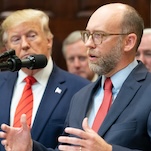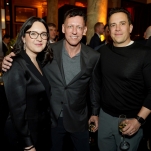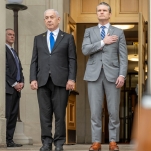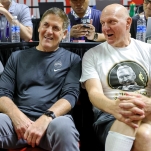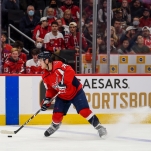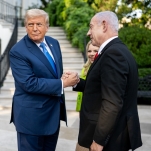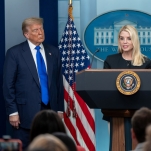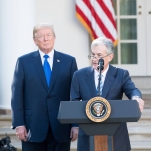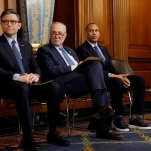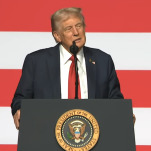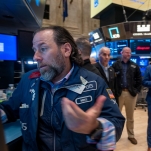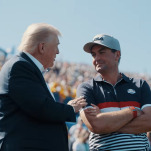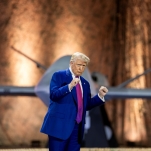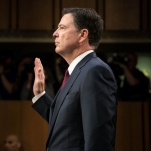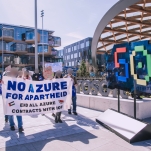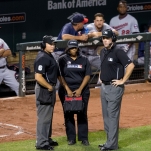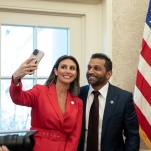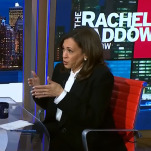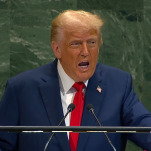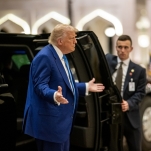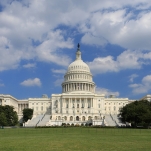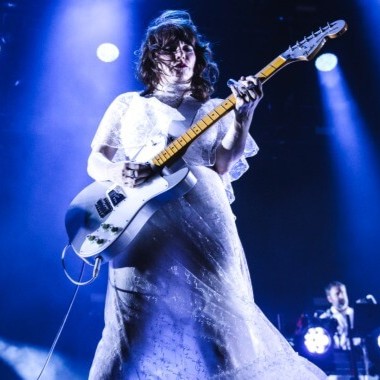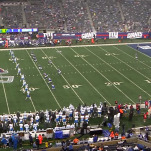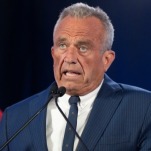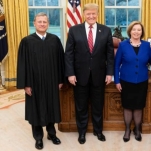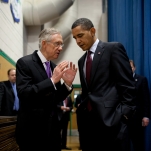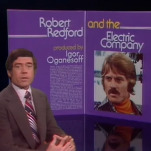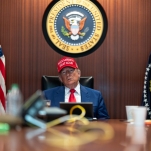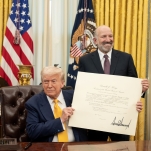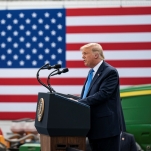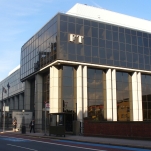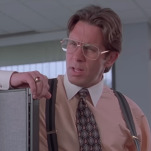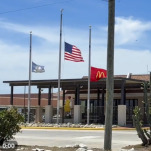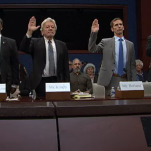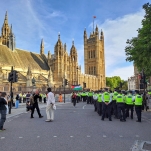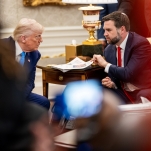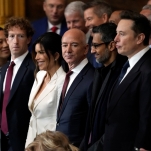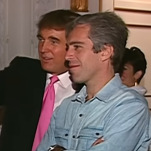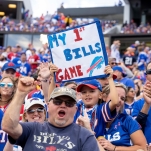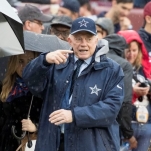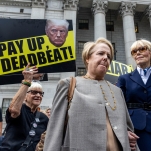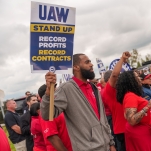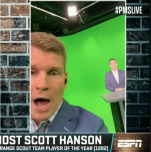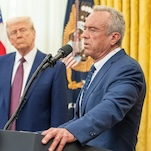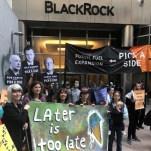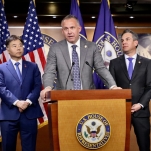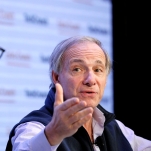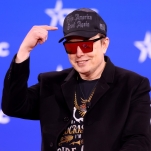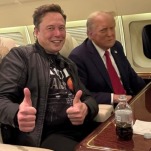A New Era of Sports Labor Battles Is Right Around the Corner
Photo by Steph Chambers/Getty Images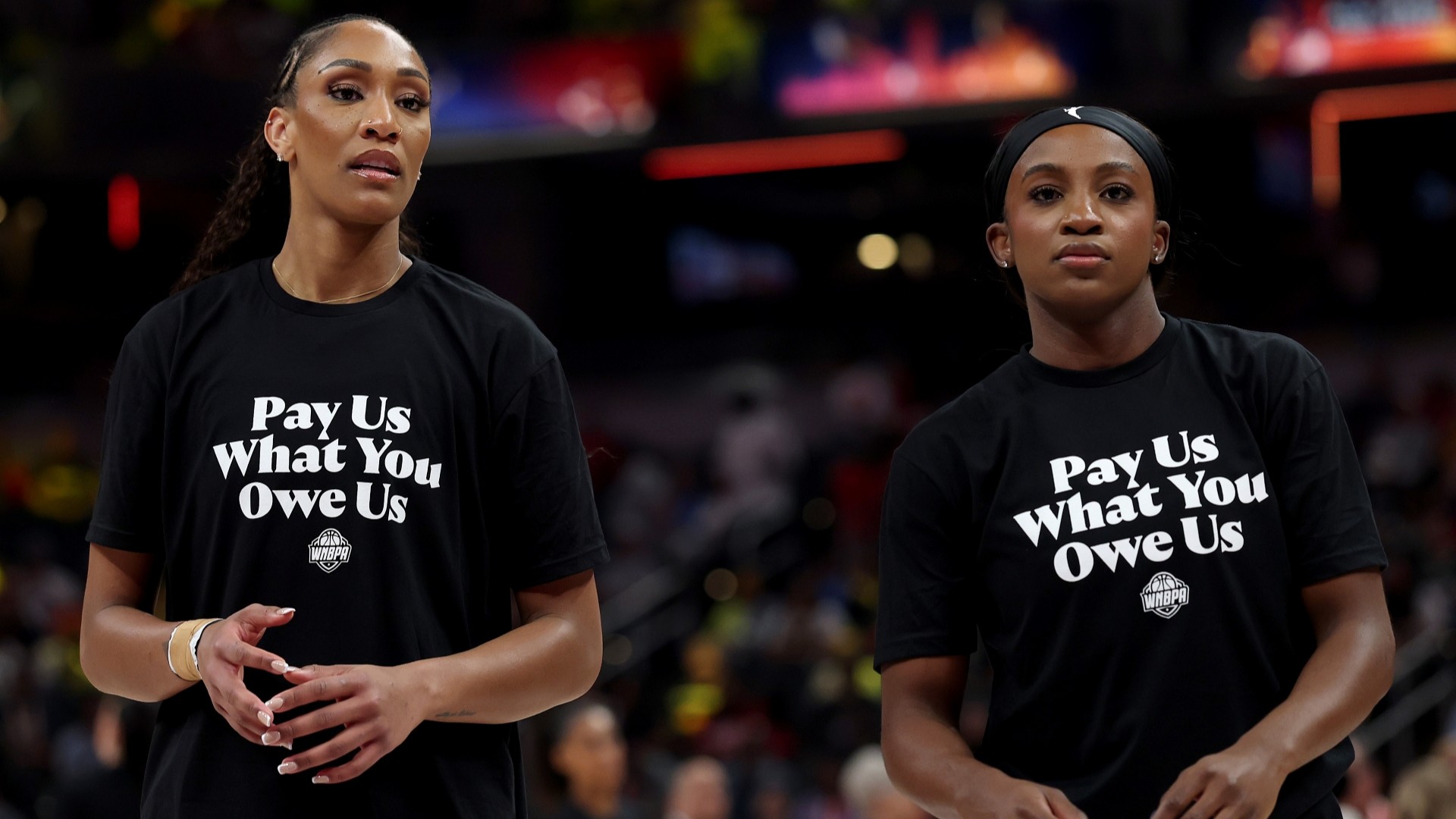
A week after WNBA All-Stars wore “pay us what you owe us,” t-shirts to their All-Star Game, Philadelphia Phillies star Bryce Harper “stood nose to nose with Rob Manfred during a meeting between the Major League Baseball commissioner and the team, telling him to ‘get the f— out of our clubhouse’ if Manfred wanted to talk about the potential implementation of a salary cap,” according to ESPN’s report expanding on The Bandwagon’s report of this “passionate” Phillies meeting with the MLB commish. This comes on the heels of Lloyd Howell Jr. abruptly resigning as the leader of the NFL Players Association after ESPN reported that he was working for the other side of negotiations as a consultant for a private equity firm trying to buy an NFL franchise. A lot of very important labor union developments are unfolding right now, heralding the importance of the next five years to the entire economic model of professional sports in the 21st century.
“We need to get our choice for leader right,” said Patrick Mahomes, the NFL’s best player during a two-hour Zoom call that grappled with what ESPN called “the worst crisis in the NFLPA’s 68-year history.” The NFL is at a critical juncture on its own national television-driven path, and has separate issues from the rest of sports dependent on regional sports networks (RSNs). That doesn’t make this moment any less important for the NFLPA, as the coming years will set the table for the galactic 2031 collective bargaining agreement (CBA) negotiations where it seems like the NFL will already have or want a presence in Europe and possibly on the moon too. There is a lot of money at stake, and for perhaps sports’ weakest union, this is a big moment for an organization with a unique challenge. As former Denver Broncos union rep Nate Jackson’s recent Defector story detailed, it is hard for the NFLPA to keep players engaged with the business of a career-shortening sport where it is difficult to figure out how “you make someone care about something they won’t be around for.”
The NBA Players Association just elected Houston Rockets guard Fred VanVleet as its new president, hailing him as a player who has gone from the G League to a $50 million contract who can advocate for every level of the union. Like the NFL’s, this was an important election to lay the groundwork for the NBAPA’s next CBA negotiations when the current one expires after the 2029-30 NBA season. The NHL and NHLPA just agreed to extend their CBA to the same end date, and the end of this decade is gearing up to be defined by sports labor battles over a rapidly changing TV landscape.
-

-

-

-

-

-

-

-

-

-

-

-

-

-

-

-

-

-

-

-

-

-

-

-

-

-

-

-

-

-

-

-

-

-

-

-

-

-

-

-

-

-

-

-

-

-

-

-

-

-

-

-

-

-

-

-

-

-

-

-

-

-

-

-

-

-

-

-

-

-

-

-

-

-

-

-

-

-

-

-

-

-

-

-

-

-

-

-

-

-

-

-

-

-

-

-

-

-

-

-

-

-

-

-

-

-

-

-


